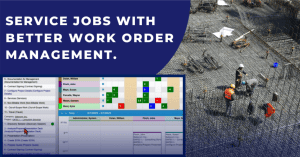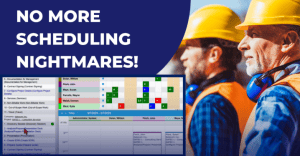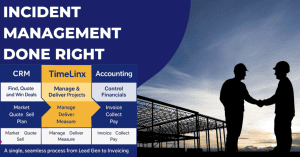Enterprise Resource Planning (ERP) offers businesses a powerful way to consolidate management information, streamline business processes, and distribute valuable real-time data across the organization. Leveraging ERP capabilities—whether on-premise or in the cloud—enables companies to optimize operations, improve hardware infrastructure, and gain a competitive edge. However, adopting new and potentially complex technologies requires a clear economic justification.
Before implementing ERP—whether in large or medium-sized organizations—business leaders should establish an economic case to make informed decisions about ERP solutions. This involves careful assessment of costs such as software licensing, data migration, and ongoing support. Comparing both capital and operational expenditures with the expected return on investment (ROI) helps businesses evaluate long-term cost savings and overall value.
Evaluating total cost of ownership is essential, covering managed services, inventory management, and supply chain improvements. Strategic planning can further enhance customer service and satisfaction by providing real-time data for efficient resource management. Focusing on ROI rather than short-term costs clarifies whether ERP is the right fit for your company’s needs, including the advantages of cloud-based ERP over on-premise solutions.
Click the link to learn tips for performing a cost analysis for your ERP/Accounting System and discover how benefit analysis can help your team achieve operational efficiency, reduce costs, and strengthen the business case for your financial and service operations:
https://www.sage.com/en-us/blog/conducting-cost-benefit-analysis-erp-system/




